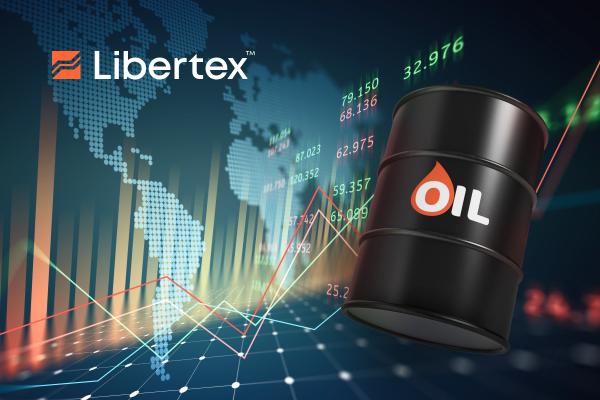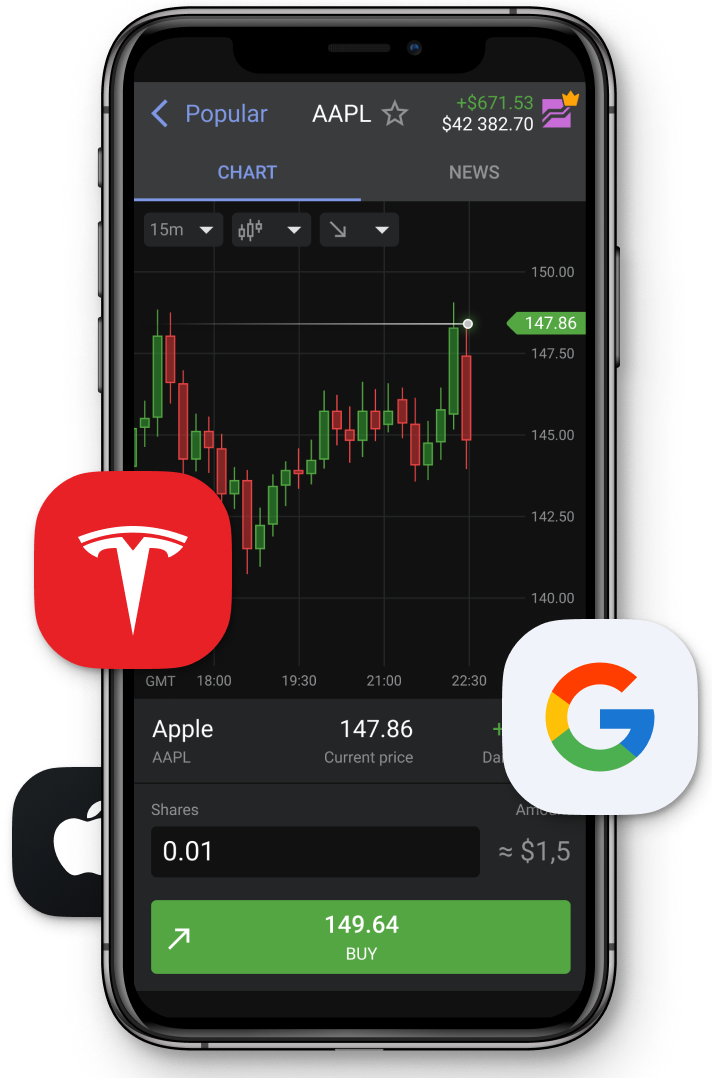With the peak summer demand season coming to an end, investors are looking towards the falling oil market with keen interest. Prices for the major crude varieties are close to four-year lows after gaining sharply over June and July. Now that much of the driving is done and air conditioning demand is waning, Brent stood at $67.33 as of 21 August, with WTI trailing further behind at $62.25. Meanwhile, Henry Hub natural gas futures are up almost 40% on the year at $2.758, showing promise for the winter heating season ahead.
From deliberate OPEC+ price gouging to forced discounting by Russia in an attempt to counter US President Donald Trump's secondary tariff threats, the price of oil is under a significant amount of downward pressure at the moment. The failure of demand to reach the levels predicted by the IEA has only added to oil's headwinds. But could the lower prices make oil attractive enough to drive a bull rally? In this piece, we'll look at all the above factors and more as we look at where the oil market could be headed in 2025 and beyond.
Political posturing
President Trump shocked markets when he announced additional secondary tariffs of 25% on India for its use of Russian oil, ostensibly in an effort to force a peace deal in Ukraine. Following fruitful talks with the world's second-largest economy, China, he somewhat counterintuitively refrained from imposing similar measures on Beijing. The downtick in Indian imports of crude from Russia has been picked up immediately, with Chinese refiners having now secured at least 15 shipments of Russian oil to be delivered during October and November.
Nonetheless, Evgeny Griva, Russia's deputy trade representative in India, reported that he expects Indian imports of Russian crude to remain at current levels, citing a proposed 5% discount on the already market-beating prices. The $60 price cap on Urals crude imposed by the EU in 2022 is still in force, but with this now more or less the going rate, the Brussels bureaucrats are considering a floating cap to maintain prices 15% the six-month average price. With China picking up the slack in the short term and India set to receive a sweetheart pricing deal going forward, it appears as though demand will remain at least stable. Meanwhile, the ongoing conflict in the Middle East remains a potential supply-side threat that must also be considered.
Flooding the markets
For over a year now, the OPEC+ group of oil-producing nations has been steadily increasing its daily production output after curtailing it significantly during the pandemic era. At its latest meeting on 3 August, OPEC+ agreed to raise oil production by 547,000 barrels per day for September at a time when demand is falling significantly. Far from worrying about creating an unwanted glut, this is precisely their intention, as they seek to secure long-term market share by rendering US shale unviable. As former chief executive of Pioneer Natural Resources, Scott Sheffield put it: "The best way [for OPEC] to gain market share is to keep oil prices in the $60s range for several years. This will reduce investment in US shale, Canada, Brazil and oil exploration around the world… [it] will force consolidation".
It's well known that US shale requires prices in and around the $75 mark in order to be competitive. However, keeping the price in the 60s for an extended period appears unlikely, with Saudi Arabia already feeling the pinch from the oil price weakness and having to curb spending on its diversification plans. According to the latest predictions by the IEA, supply will rise by 2.5 million barrels per day in 2025 — up from the previously forecast 2.1 million bpd — and by another 1.9 million bpd next year. Meanwhile, it sees global oil demand to rise by only 680,000 bpd this year and 700,000 bpd next year, both down 20,000 bpd from the previous forecast. While the short-term numbers predict further price declines, investor speculation and forced policy shifts cannot be ruled out as potential drivers of sustained growth.
Trade oil and more CFDs with Libertex
Beyond popular instruments like CFDs on stocks, ETFs, and currencies, Libertex also offers CFDs on a wide variety of energy resources, including oil derivatives like WTI Crude, Light Sweet and Brent, as well as the Henry Hub natural gas futures fund. For more information or to create an account today, visit www.libertex.org/signup.






